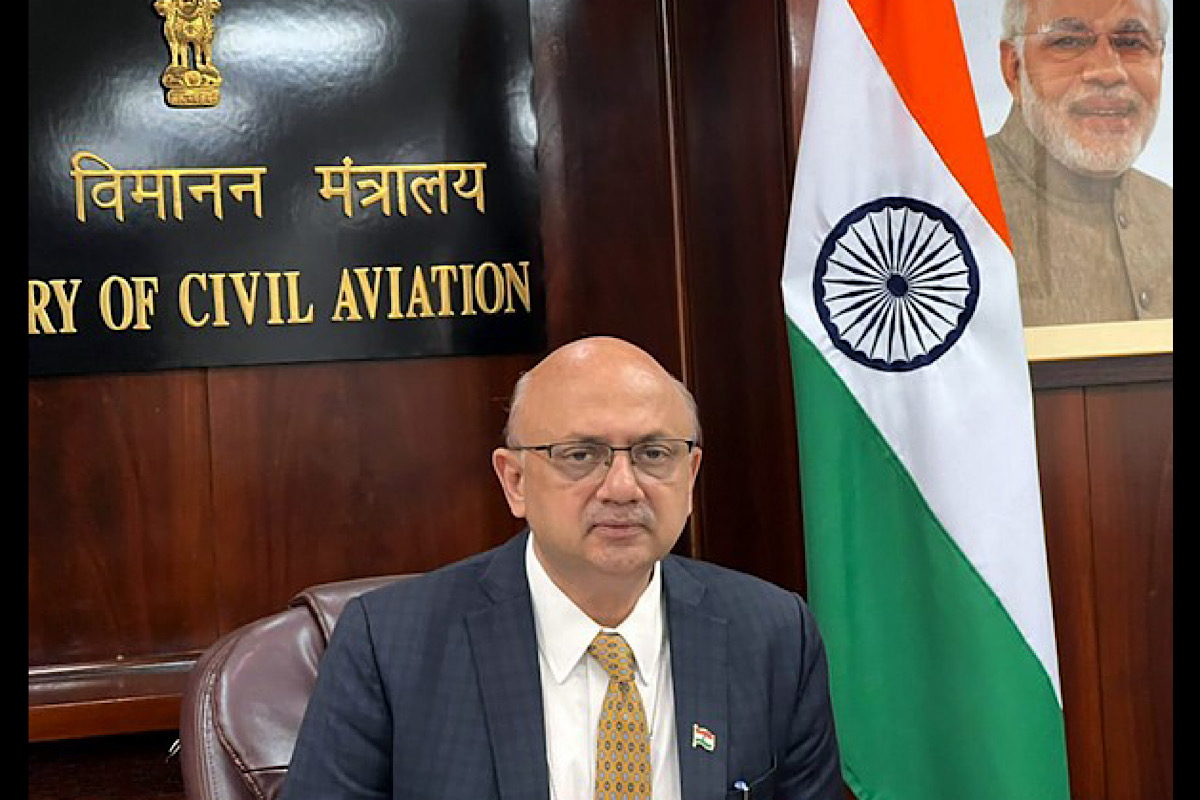The civil aviation ministry is ready to formulate a policy framework for the air taxis and will soon commission a study on the matter, department Secretary Rajiv Bansal said on Monday.
“After Production Linked Scheme for drones is being rolled out this month, we are now ready to take the next big steps in the e-VTOL system,” Civil Aviation Secretary Rajiv Bansal said while speaking at the CII Advanced Short Haul Air (ASHA) Mobility 2023 conference on Monday at Bengaluru. The government would soon be announcing the first set of production-linked incentives for drones says India’s Aviation Secretary Rajiv Bansal.

“In 2021, after intense industry consultations, a set of initiatives were taken to liberalise the drone ecosystem, to put in place drone rules, a digital skymap, a regulatory system to regulate the growth of drones, policy initiatives, regulate the growth of the remote pilot system, certification of drones, financial incentives for drone manufacturing called Production Linked Initiatives. In one and half years, we already have 15 certified drones today and another five in the pipeline with the Directorate General of Civil Aviation. I expect this number to go upto 50 in the next one to two years” Bansal said.
He further said that after building the drone ecosystem and a policy for helicopters, a policy ecosystem for the e-VTOLS is the next frontier for the government.
He said the ministry would soon commission a study in the e-VTOL space to understand it better.
E-VTOL is a type of VTOL (vertical take-off and landing) aircraft that uses electric power to hover, take off, and land vertically. This technology came about after advances in electric propulsion (motors, batteries, fuel cells, electronic controllers) and the need for aerial vehicle technology for urban air mobility that can enable greener and quieter flights.
The Secretary indicated that e-VTOL is the next big air-mobility space to focus on after drones.
He also said that e-VTOL is the next technology that the ministry will focus on as it has applications that address both densely populated urban spaces as well as sparsely populated remote lands and smaller cities and towns.












